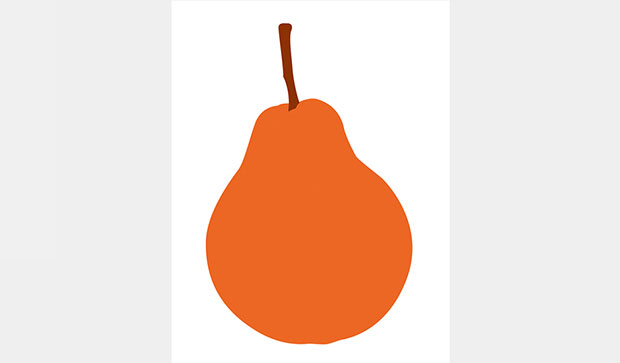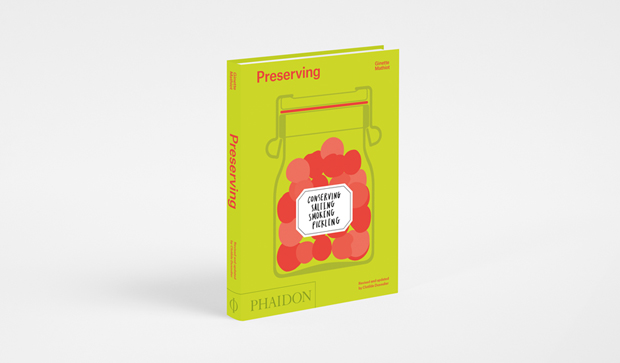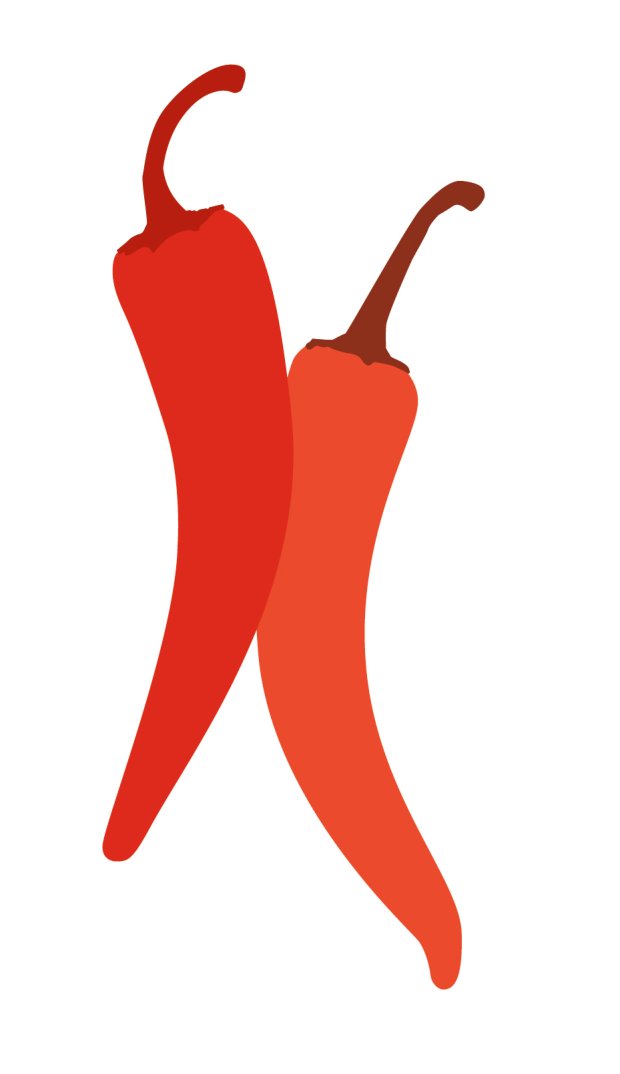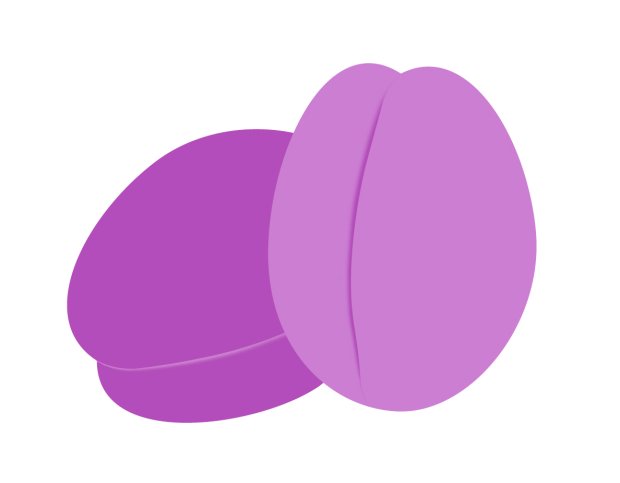
“Preserving is a bit like computer programming”
Clotilde Dusoulier, co-author of updated classic Preserving is finding new applications for old techniques
Is software engineering just a little like cooking? Clotilde Dusoulier certainly thinks so. The Parisian-born computer science graduate worked in the Californian computer industry for two years, before returning to her home city to launch Chocolate & Zucchini, her popular food blog. Today she is known for her deep understanding of French cookery, as well as popular new trends within gastronomic communities, yet she believes her earlier career served her well in her newfound role.
“Recipe writing takes a very rational mind set,” she explains. “It’s a bit like writing a programme: you have to do things in the right order, it has to be understandable, and you have to plan for the unexpected.”

The digital age may have been in its infancy when the famous French author, cook and educator Ginette Mathiot saw her book Preserving, first published, back in 1948. Nevertheless Dusoulier recognized a kindred spirit when she updated the book.
“In both her life and her books, Ginette was down to earth, clear and quite straightforward,” Dusoulier says. “She makes sure that the reader actually learns techniques and processes; she focuses on what’s essential.”

The techniques and processes set out in Mathiot’s popular books, I Know How to Cook and The Art of French Baking, which Clotilde also updated for Phaidon, are familiar to many chefs today. Yet Preserving revives bygone practices, that today’s gourmets might do well to learn.
“The book is very much about making the most of the seasons, taking in all the fresh food you have in the summer months and storing aside for the colder months when you won’t be able to pick everything from the garden and markets won’t have that many fresh ingredients,” Dusoulier explains.

This might seem an anathema in the age of convenience food, but Clotilde, recognizes the book’s latter-day appeal.
“The idea of cooking with the seasons is popular today,” she says. “Anyone with a kitchen garden will be able to use the vegetable preservation techniques, and with the rise in popularity of community-supported agriculture, more and more people are buying, say, a quarter of an animal with friends. Read the charcuterie chapter, and you can learn how to preserve that affordable, well-raised meat.”

Some instructions might sound a little rustic today – “There’s a whole section on preserving vegetables in the soil in the cellar,” she says, “you can learn how to preserve your carrots in a bucket of sand.”
Other methods, such as outdated and potentially dangerous canning techniques, have been removed from the new edition, as well as advice about how to preserve food if you live in an unheated apartment. “I don’t think many readers will find themselves in that situation today,” says Dusoulier.
Nevertheless, Preserving isn’t only a practical kitchen guide, but an insight into another way of life, popular before the availability of fresh-all-year-round produce, and on the rise once more, as more and more food-lovers are looking for alternatives to packaged, processed, and supermarket food.

From yoghurt making to vinegar fermentation, terrines to salted beets, Preserving offers insight into an old-style ways that are still surprisingly apt for today’s cooks.
“The jams are very good, the terrines are tasty, and there are also some great seasoning mixes. It’s craft that you can access at different levels,” she explains. “You can, say, butcher your own animals, but it’s also interesting just to read the charcuterie section, because you then know what something goes through for you to get that sausage.”

To find out more about Preserving read this introduction, and check back soon for more about this great title, which you can pre-order here.